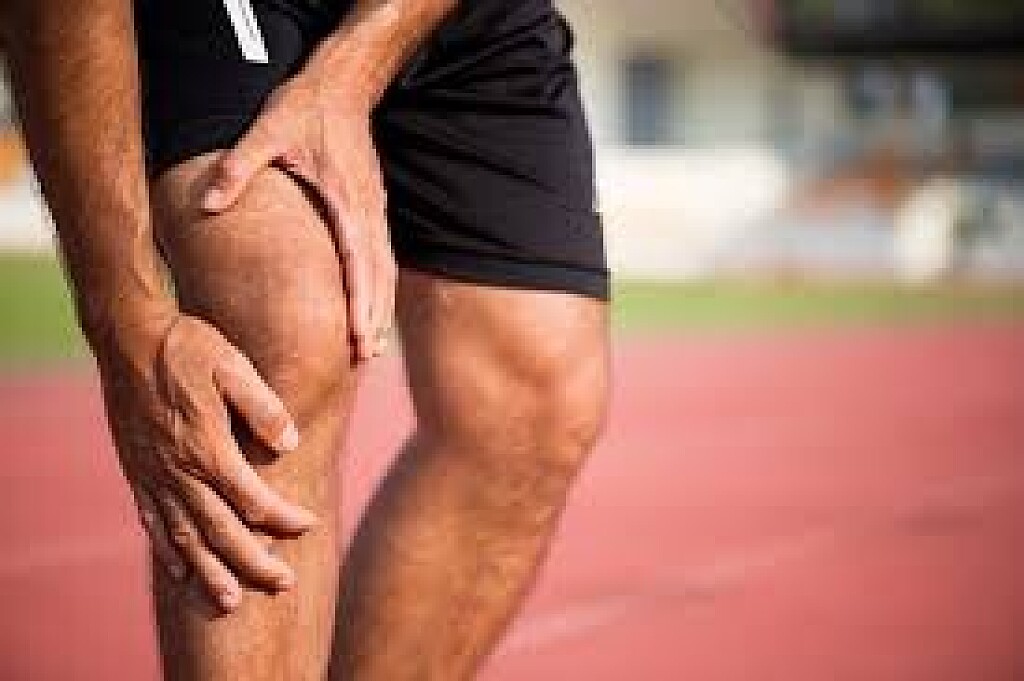Running News Daily
Running News Daily is edited by Bob Anderson. Send your news items to bob@mybestruns.com Advertising opportunities available. Train the Kenyan Way at KATA Kenya and Portugal owned and operated by Bob Anderson. Be sure to catch our movie A Long Run the movie KATA Running Camps and KATA Potato Farms - 31 now open in Kenya! https://kata.ke/
Index to Daily Posts · Sign Up For Updates · Run The World Feed
Leg pain? Four running mistakes you’re making
Running – how hard could it be? After all, you’re just putting one foot in front of the other, right?
Unfortunately, it’s exactly that attitude that’s behind so many leg and foot injuries!

There’s much more to running than just putting on a pair of trainers and going for it. Believe it or not however, there’s a lot going on behind the scenes when you go out for a run.
And with that comes the risk of lower leg pain – especially if you have no idea how to run properly!

What kind of problems might I run into?
Injuries and falls aren’t the only problems you might run into when you go out for a jog – each step you take when you run sends shockwaves up your legs.
Over time, these shockwaves can damage the tissue, ligaments and cartilage in your legs.
This can lead to a whole host of different lower leg pains, including:
Microfractures
Muscle tears
Runner’s knee
Shin splints
Needless to say, any one of these problems may result in lower leg pain strong enough to stop you from running… or worse!
As such, you’ll want to make sure you that you’re running properly, and not making one of these common running mistakes…
Running mistake 1: wearing the wrong shoes
A good pair of shoes is essential – think of them like shock-absorbers for your feet, soaking up and distributing the impacts that come with running and minimising the stress on your lower legs.
When choosing running shoes, it’s essential that you select shoes that are designed with your particular running-style in mind. This directly affects how much of the impact your feet and lower legs are exposed to.
For example, if your footfalls tend to be on the outside of your soles, then you’ll want extra thickness and padding in those parts of your shoe.
Running mistake 2: not warming up
While it can be tempting to skip the pre-run warmup (especially when you’re short of time), we strongly advise against it!
Warm-up exercises “activate” your body, signalling to your organs and muscles to prepare for physical activity.
In particular, this results in increased flexibility, speed and range of motion in your limbs and muscles, reducing your chances of accidentally overstretching your lower legs.
Not to mention, they also prepare you for exercise by starting up blood flow and psyching you up!
When preparing for a run, we recommend cycling through a range of mobility movements for your lower legs – we show our clients complete warm up routines that have them ready to run in under 5 mins.
After that, it’s a good idea to not dive straight into your run, but to open with a brisk walk or gentle jog, gradually working your way up to your normal pace.
Running mistake 3: overstriding
Many people assume that having long strides is a good thing.
However, that’s not always the case!
Think of the amount of force that goes up your legs every time you take a step.
When you overstride, your heel strikes the ground at a harsher angle, sending greater force up your leg than shorter strides would and consequently, leading to a higher risk of lower leg pain.
Ideally, you’ll want your feet to land midsole, with your foot closer to your body. This results in the optimum distribution of force, and is the safest way to run.
Luckily, this type of problem can be trained around with the help of a physiotherapist.
At Physio AUS, our Highett physio work with all sorts of athletes, runners included, to improve their technique.
Running mistake 4: biting off more than you can chew
Running is deceptively simple – after all, the only thing you’ll need are some shoes and a stretch of road to get started.
Unfortunately, that’s also why so many first-time runners end up with lower leg pain – they inadvertently wind up pushing their bodies too far!
Instead, we recommend starting small and gradually bumping up the distances and times.
It’s also a good idea to take periodic “rests” to give your body time to bounce back.
How an Highett physiotherapist helps you run
If you’re keen to get back into running, you may want to touch base with your local physiotherapist.
Physiotherapists may be able to help runners such as yourself get back into running a number of ways.
Conditioning and training that help you get back into running
First-time runners and people who are getting back into exercise after a long time away are especially prone to lower leg pain.
As such, we suggest booking an appointment with your local Highett physio before you take to the track.Using a range of exercises, stretches and other treatments, your Highett physio will help condition, enhance resilience and build strength in your lower leg muscles.
by Physio Aus
Login to leave a comment




